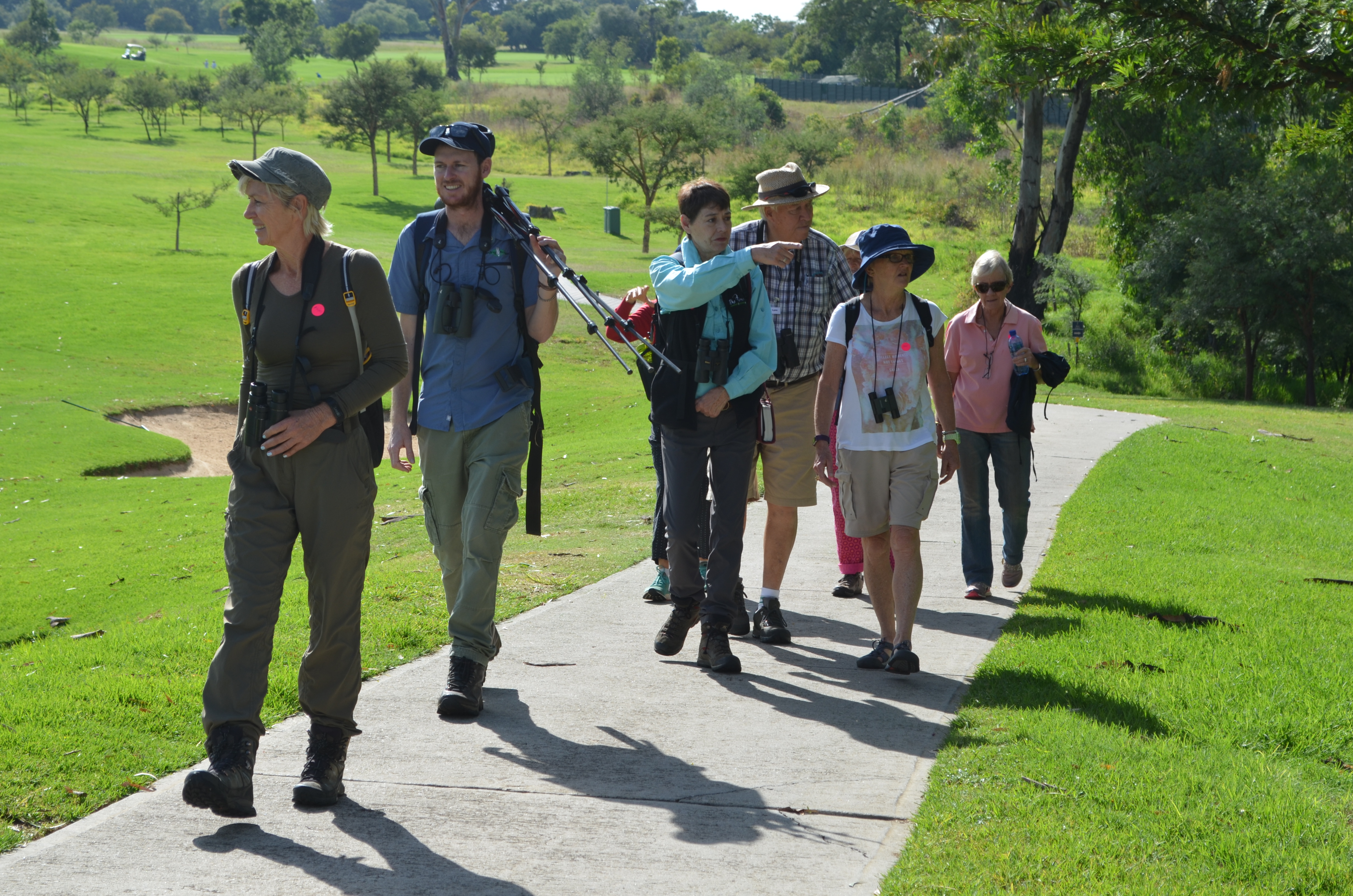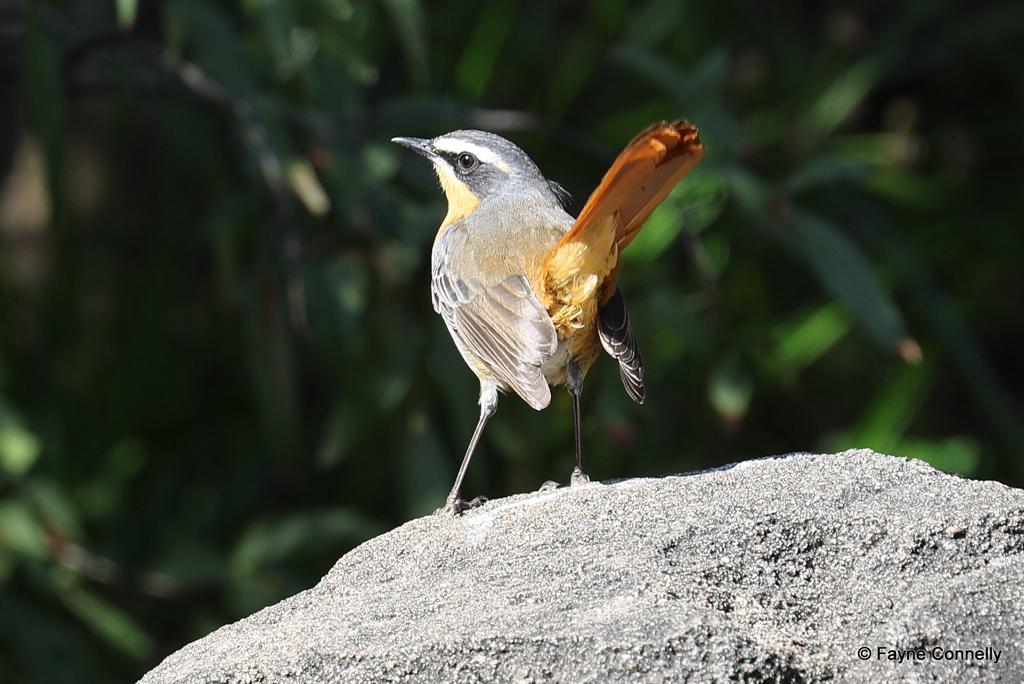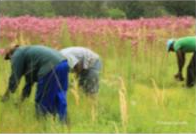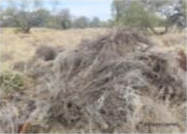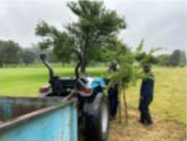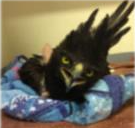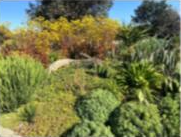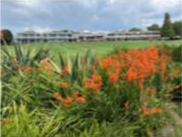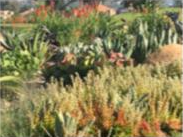Our extensive grounds require constant attention in the following aspects:
Responsible use of pesticides and herbicides
Our horticultural experts have extensive knowledge of turf management practices and use the latest advances in fertilisers, fungicides & pesticides ensuring good agronomic practices.
A focus and drive towards developing environmentally sustainable landscapes
We have undertaken significant research into enhancing the environmental footprint of CCJ through initiatives such as the development of organic dump sites, water harvesting and reduction techniques and environmentally friendly planting plans.
Understanding the value of our dams
The golf courses require good water resources. It’s therefore essential we maintain our numerous storage dams at Woodmead. We are fortunate that these dams are filled by a combination of rainfall, natural watercourses and run-off water from the higher lying Woodmead area and the N1 highway.
Nursery
The Club maintains a nursery that has over 300 indigenous trees, many of which were grown from seed, but also others that have been donated by members. These trees are used to replace dead trees, non-indigenous species and for the further beautification of certain areas of the estate. At the nursery there are also over 2000 succulents that have been grown from cuttings. These are used in our rockeries.
Fish hatchery
We breed Tilapia for the dams. Last year 400 fish were introduced to several of our dams. The breeding ponds are on the Woodmead estate.

